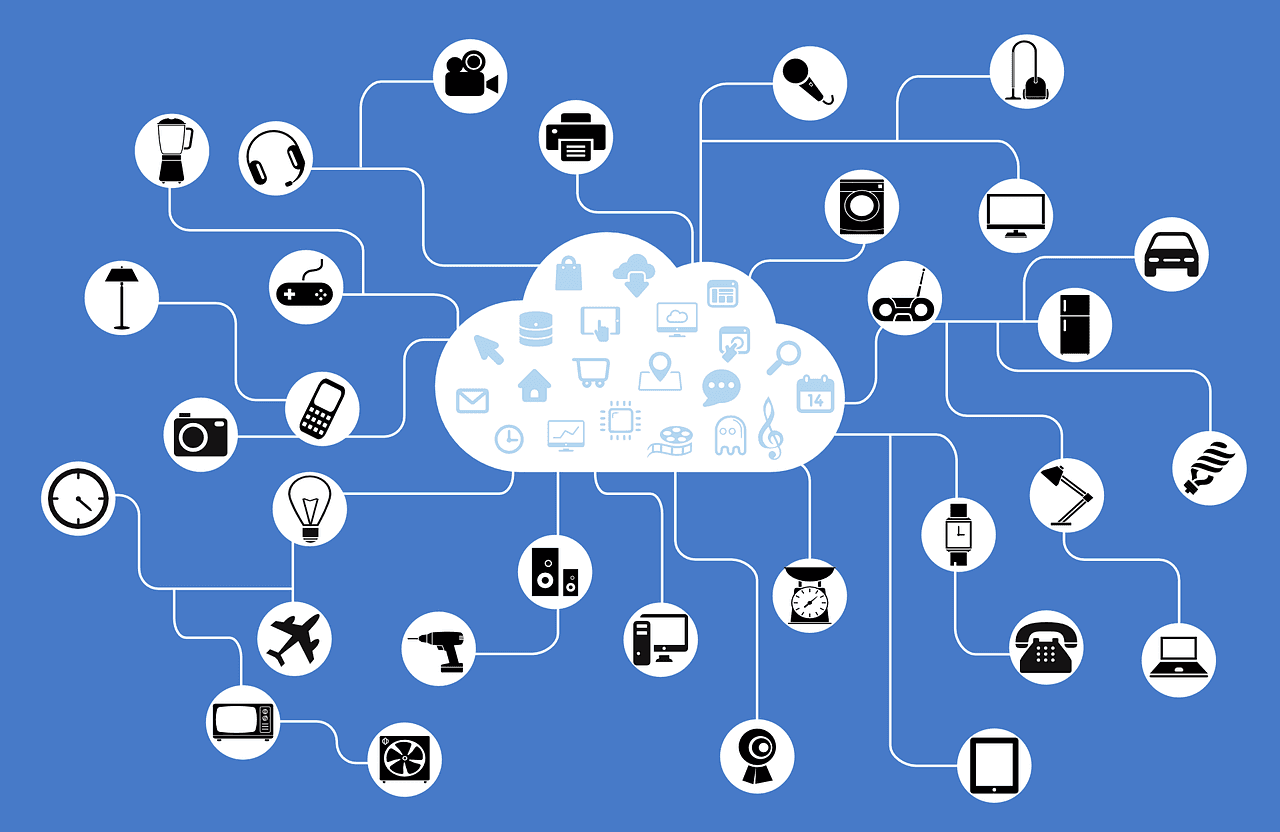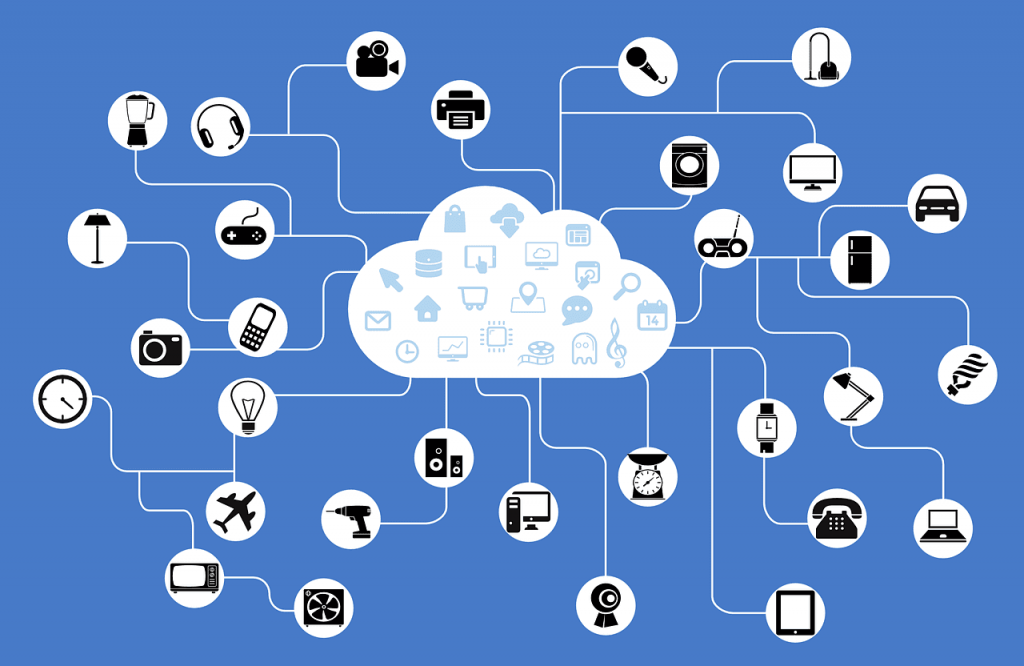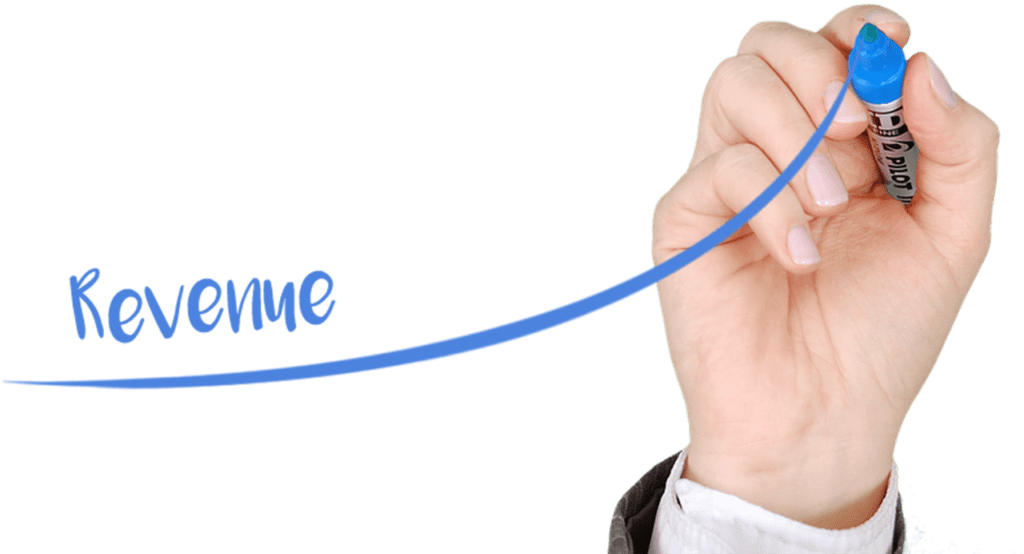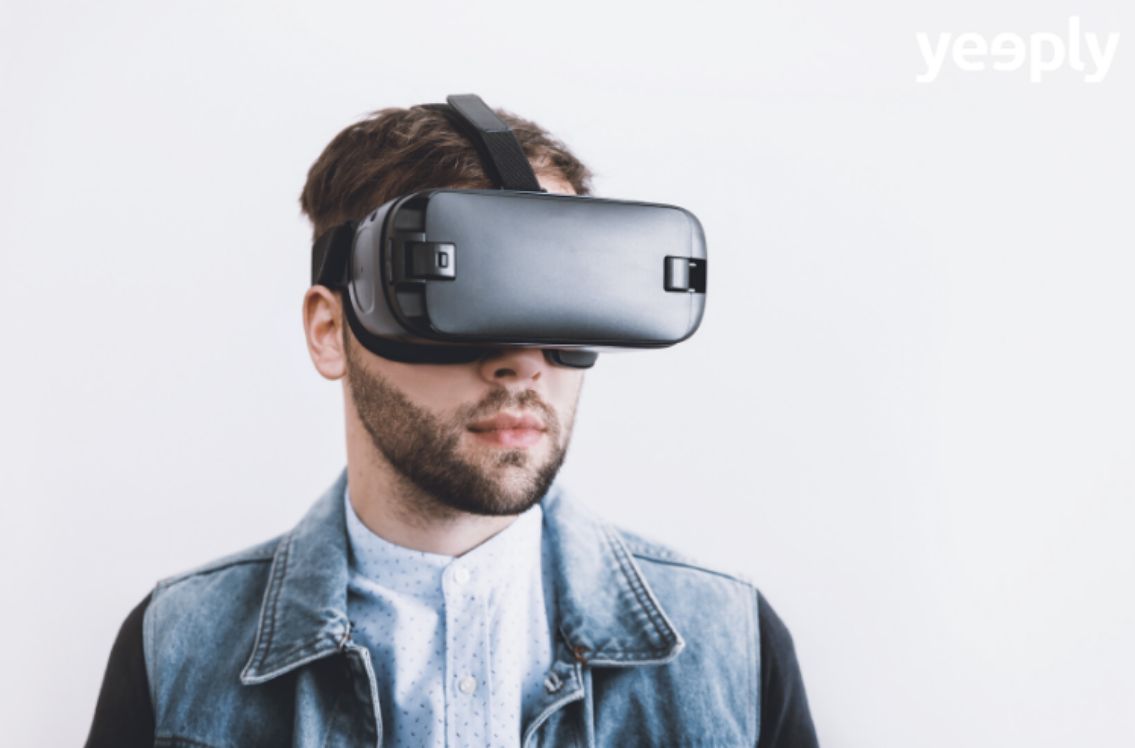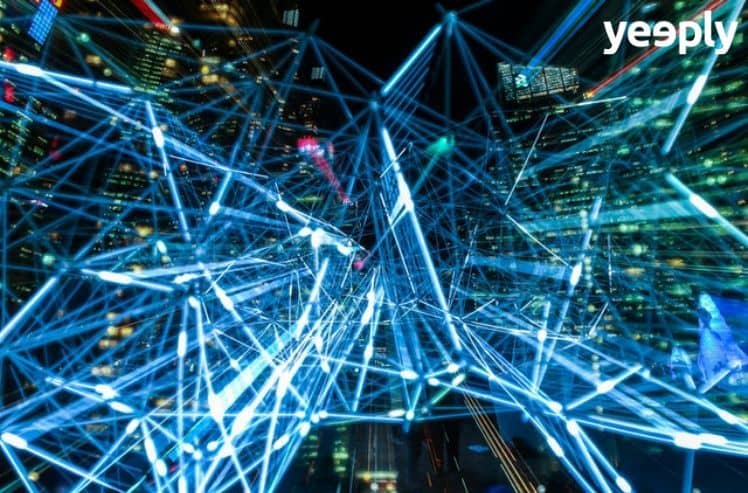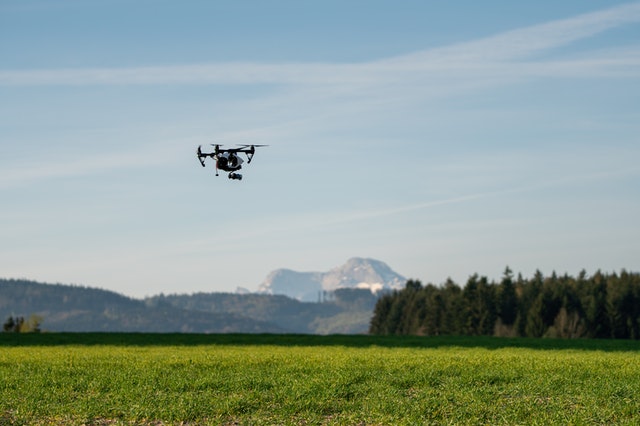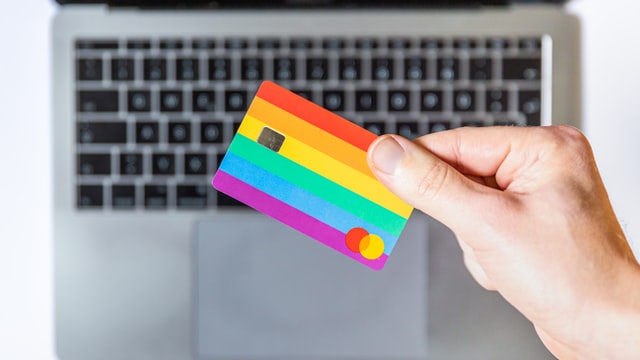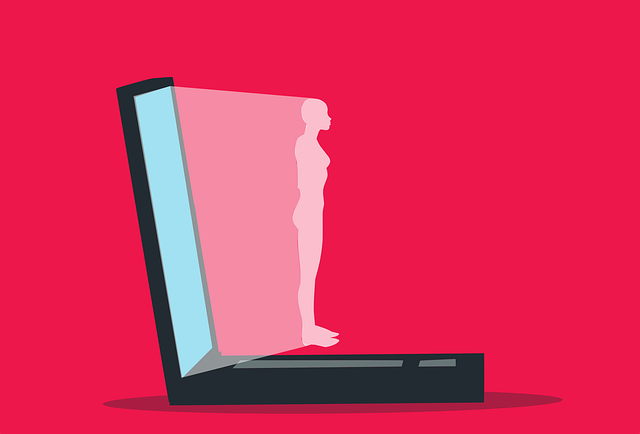Internet of Things (IoT) isn’t an upcoming new phenomenon anymore. It will almost certainly be a huge part of our lives and will facilitate many of our daily tasks. But what is the Internet of Things? As Google chairman Eric Schmidt stated on a panel at the World Economic Forum, IoT “will be part of your presence all the time”. It will surround us in everyday life without us realising. Many devices will be observing our movements and actions even as we interact with them. It is predicted that by 2020 there will be over 26 billion connected devices.
An introduction to the Internet of Things
In short, the Internet of Things describes all things in our life that have an on and off switch and are connected to the internet. While they are connected to the internet, those devices are able to make their own decisions and to communicate with other devices and a database. Therefore connected devices provide more value to the users while many tasks will be solved by the IoT. Anything that can be connected, will be connected to an intelligent environment. Therefore, the IoT is one big information database. For the devices to exchange data, they need sensors, software, electronics and network connectivity.
Many of your IoT devices will hypothetically be controlled by mobile phones. Therefore, developers would have great opportunities to develop new applications. It opens a whole new world of development of apps but also for products in general. For instance, Tesla proved that controlling the car using a mobile app is possible. And this is only the early stage of the IoT app development. There are more “things” that can potentially be connected to IoT (e.g. coffee makers, TVs, washing machines, headphones, lamps, wearable devices etc.). Products will, therefore, be provided with a USP (unique selling point). Companies will need to adapt to this trend of adapting its products to the IoT.
Keep on reading | 8 Examples of IOT objects that are revolutionizing our daily lives
Uses of the Internet of Things
There are two different sides to IoT. On the one hand, there are SENSOR NETWORKS and on the other hand, there is SMART CONTROL. Sensor Networks consists of any device that is capable of monitoring the environment. After Sensor Networks, there is Smart Control, which consists of any device that manages all of this data around us and has the capability to use this data to manipulate the environment.
Examples for the Sensor Network are thermostats, cameras, brightness detectors, humidity detectors, watches, wearables and environmental and territorial sensors that can detect changes within the environment. With Sensor Networks you know almost everything that’s happening in your surroundings. Smart Control involves the use of the data gathered by the sensor networks to control the environment, either manually or automatically. For example, you can manually unlock your Tesla car using an app or the car can automatically unlock when it detects that you are in range. The app uses the data gathered by Sensor Networks and then uses Smart Control to carry out the action that you want.
The result of all of this is that you can have a smart home, smart building, smart grid, smart transport, smart manufacturing and a whole host of other opportunities. Your thermostat in your smart home will use its sensor network to detect the temperature before using Smart Control to set the temperature how you wish. Another example would be the Smart Car of the future. Your car will know when the traffic is bad and will automatically tell your boss that you will be late for work. Other fields that could utilise IoT are the retail sector, the health sector or the energy sector, improving overall efficiency.
Challenges and risks for the Internet of Things
IoT is complex and therefore the challenges and risks are even more complex. To structure those challenges, they could be split into the challenges of interoperability, the involvement of risks and the number of investments.
Operability
For IoT to be used properly across many devices and platforms, interoperability and standardisation is a key factor of success. A variety of wired and wireless connectivity standards are required to fit different application requirements. The ability to connect all the devices is crucial because many companies have their own protocols, interfaces and hardware. When automating things through IoT, we are using less of our own energy, but more electrical energy. The challenge for IoT devices is to reduce this energy consumption. In order to manage this, more developers need easier access to IoT application development.
Involvement of risks
Searching for ways to ensure that private data can’t be compromised is another big issue when connecting things to the internet. User’s data privacy should be invulnerable, detecting and blocking malicious activities. The entire system could be compromised by getting access to only one device connected to the system.
Other risks involve big data issues. Big data increases IoT efficiency by increasing the intelligence of devices through providing them more information. This implies embedding intelligence to things so that they become smarter and do more than they were proposed to do. However, this data needs to be protected properly.
Amount of investments
Considering this complex environment and its challenges, companies need to invest much time and money for the implementation of IoT. Seeking more innovational solutions will require high amounts of investments to extract the most value of the emerging IoT.
Evolution of the Internet of Things and growth expectations
In its report of the next megatrend, Goldman Sachs said: “The Internet of Things has the potential to impact everything […] that will power top-line and bottom-line gains.” This sums up the possibilities for companies succinctly. The McKinsey Global Institute recently predicted that IoT could generate between $4 Trillion to $12 Trillion in revenue by 2025. So, what might these predictions be based on?
The evolution of the broadband internet is important and will coincide with that of IoT. Every year broadband internet is becoming faster and cheaper. Furthermore, more devices are being created with built wi-fi capabilities. It is also becoming more widely available across the world. Therefore, in the context of IoT, the ‘things’ will be able to connect to the internet much faster and much cheaper. Possible advantages of the IoT are the reduction of energy use and an increase of efficiency. For instance, people can minimise expenses for energy using a smart home that turns on the light on and off automatically.
IoT is also opening the door to new innovations that would have otherwise never existed. IoT is a revolutionary innovation itself and thus further innovations can be realised off the back of it. It’s such an innovation that we can not fully understand the impact of the IoT in the future. It allows infinite opportunities that will change our everyday lives.
Thanks to IoT, the flow of information is shifting from people-to-people, people-to-things, and finally to things-to-things. Devices are going to become more and more connected, while networks between humans, ‘things’ and the internet are increasing steadily. For app development, the Internet of Things offers another opportunity to branch out into an area with huge and exciting potential. For developers or entrepreneurs, this is certainly an area worth investing in.

